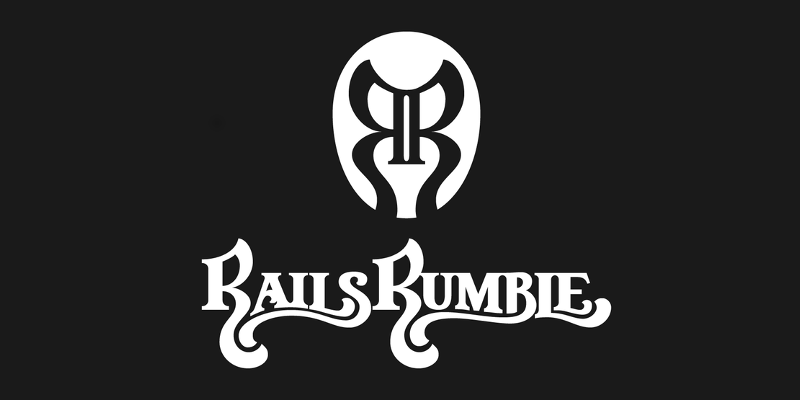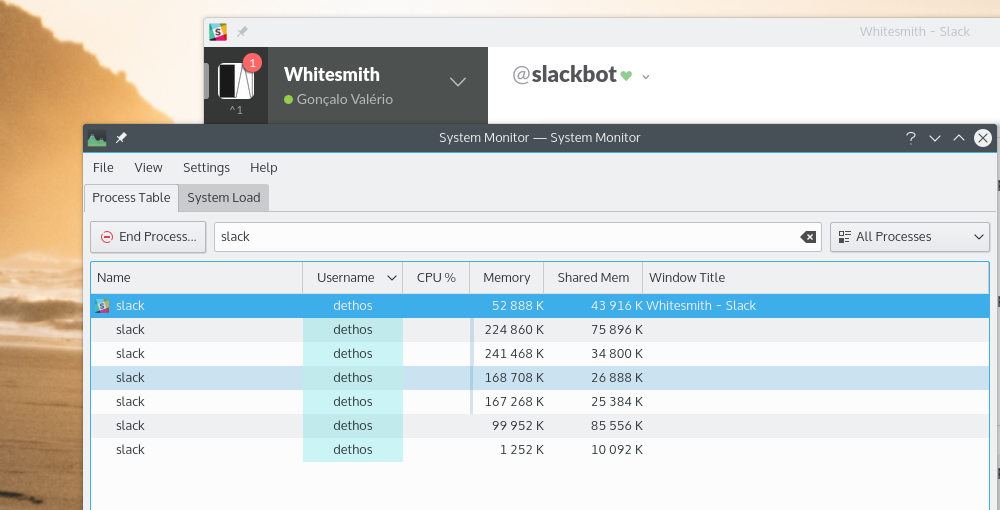Convincing someone to try and adopt a Linux based operating system is a hard task, not because these systems are hard (nowadays) or don’t offer enough functionality, but mainly because when people learn to use a certain system/product and it already is engrained in their workflow changing is hard.
I’m certain this is the main line of thinking for many companies, when they offer their products for free to students during college. After that period switching to something else feels like a waste of time (even without addressing the non interoperable file formats that chain the users even more).
In the field of software development we don’t notice this as much, since many of the tools we use for the majority of the tasks (programming languages, compilers, editors, debuggers, etc) are already open, cross-platform and there are lots of alternatives and competition. In many other areas this doesn’t happen. For a long time there is this notion that free software doesn’t offer “alternatives” with enough quality that could rival with widely established proprietary and expensive products in areas such as photo editing, vector graphics, video editing, 3D modelling, CAD software, sound editing, etc.
So in this post I will try to aggregate a list of open-source multimedia tools and other non-free software that can run on Linux machines, that could be used by 75% of the users, instead of relying on expensive software, for common and basic tasks. I’m not saying that it covers all the use cases and that it fit for everyone, but I’m certain that it fits the use cases from amateurs to some professionals, and can save them a “few” bucks.
All of the following examples can be installed in different operating systems, since adapting to new interfaces and work-flows is the most difficult part, so people can try first, change gradually and eventually move to a free operating system without losing any productivity.
(I’m open to new suggestions, since, as it is expected, I’m not aware or tried everything that is out there)
Gimp | Image Editing | gimp.org
Krita | Illustration | krita.org
Inkscape | Vector Graphics | inkscape.org
Kdenlive | Video Editing | kdenlive.org
Lightworks | Video Editing | lwks.com
Natron | Video Composing | natron.fr
Blender | 3D graphics and Animation | blender.org
Audacity | Audio Editing | audacityteam.org
Ardour | Audio Editing | ardour.org
Scribus | Desktop Publishing | scribus.net/
Synfig | 2D Animation | synfig.org
Darktable | Photography | darktable.org
Updates:
13/11/2015 – Added two more projects
18/08/2016 – Added one more project




